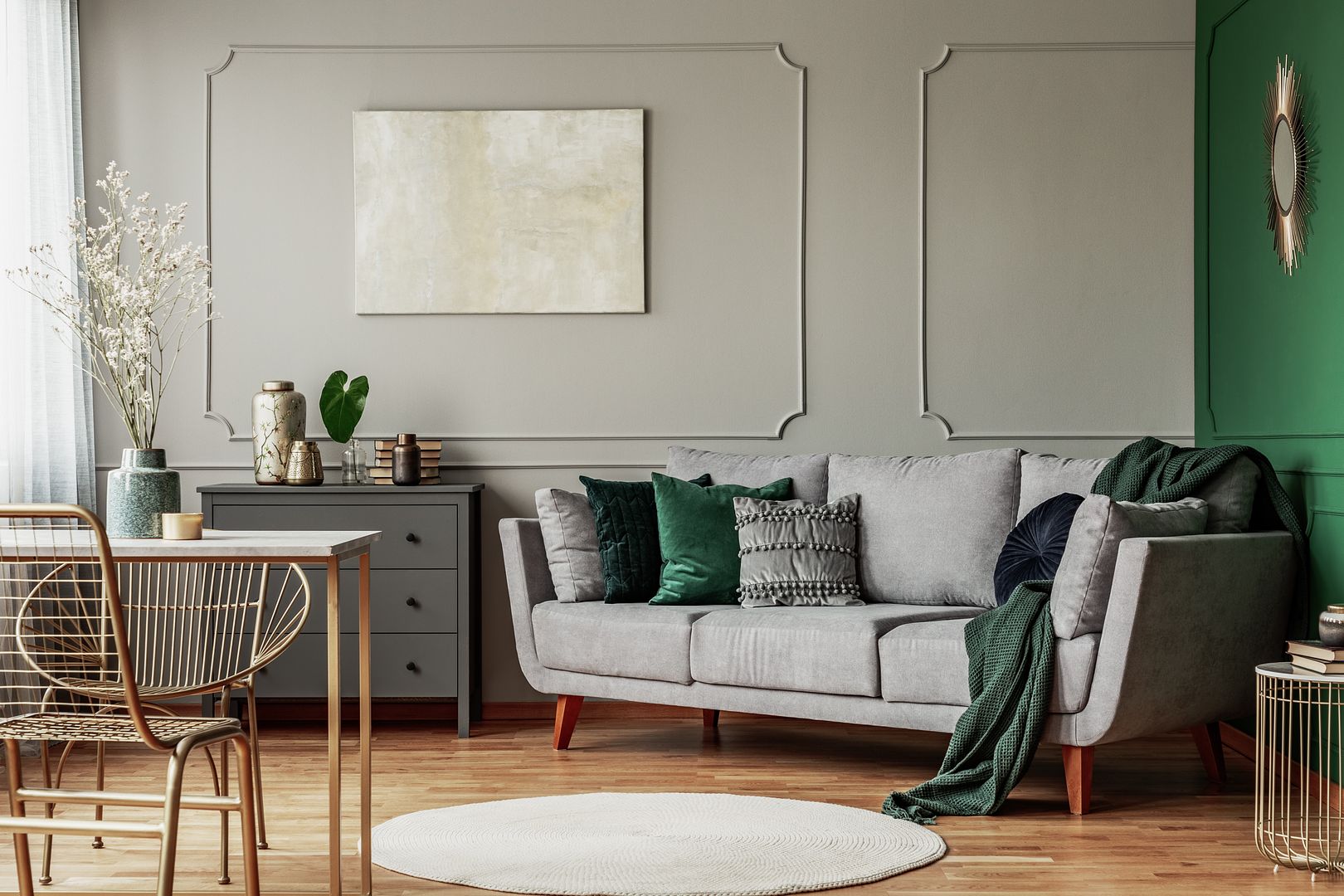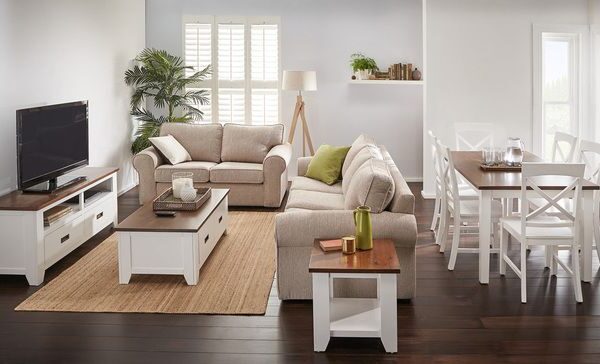When it comes to designing your outdoor living space, choosing the right furniture is crucial. Outdoor furniture not only provides comfort and functionality but when it’s used correctly, it can also elevate the overall design of your space. In this blog post, we will provide you with some tips on how to choose outdoor furniture that complements your garden or landscaping.
1. Determine your style
Before choosing outdoor furniture, it is important to determine your style. Do you prefer a modern, contemporary or traditional look? Your garden or landscaping may provide inspiration on which style would best complement it. For instance, if your garden is more traditional in design with lots of greenery, a more traditional style of furniture, such as wrought iron or wood, would be appropriate. Similarly, if your garden or landscaping is more modern with clean lines and a minimalistic design, a more contemporary style of furniture, such as aluminium or stainless steel may be a better choice.
2. Consider the size and layout of your space
The size and layout of your outdoor space are crucial factors to consider when choosing outdoor furniture. It is important to choose furniture that fits well and does not overcrowd your space. If you have a small patio, for instance, you may want to consider furniture that is compact and multi-functional, such as a bistro set that includes a small table and chairs. On the other hand, if you have a larger outdoor space, you may want to consider a sectional sofa or a dining set with a larger table and chairs.
3. Think about the materials
The materials you choose for your outdoor furniture should not only match your style but also be durable enough to withstand the elements. Some common materials for outdoor furniture include wood, metal, plastic and wicker. Wood is a classic and durable option, but it may require more maintenance, such as periodic staining or sealing. Metal, such as aluminium or wrought iron, is durable and low-maintenance, but may not be as comfortable to sit on as other materials. Plastic and wicker are lightweight and easy to move around, but may not be as durable. With so many material options available, you’re sure to find the right option that fits both your practical and aesthetic needs.
4. Consider colour and texture
Colour and texture can have a significant impact on the overall design of your outdoor space, so it’s important to choose colours and textures that complement your garden or landscaping. For instance, if your garden is filled with colourful flowers, you may want to choose furniture in neutral colours, such as beige or grey, to allow the flowers to take centre stage. If your garden is more monochromatic, such as a green lawn and hedges, you may want to choose furniture with pops of colour, such as blue or yellow, to add interest to the space.
5. Don’t forget about comfort
Lastly, don’t forget about comfort when choosing outdoor furniture. Your outdoor space should be a place where you can relax and unwind, and uncomfortable furniture can quickly ruin the experience. Consider furniture with cushions or pillows for added comfort, and make sure to choose chairs and sofas with appropriate support for outdoor dining or lounging.
In conclusion, choosing outdoor furniture that complements your garden or landscaping requires careful consideration of style, size, materials, colour, texture and comfort. By taking the time to choose the right furniture, you can create an outdoor living space that is both functional and beautiful.




















